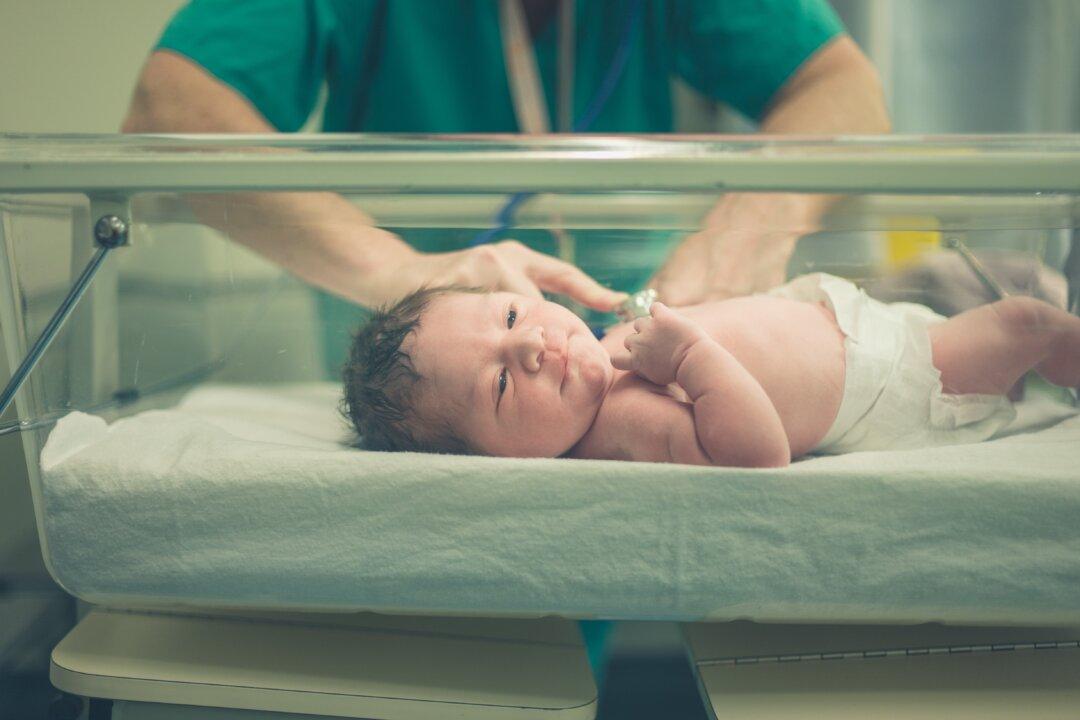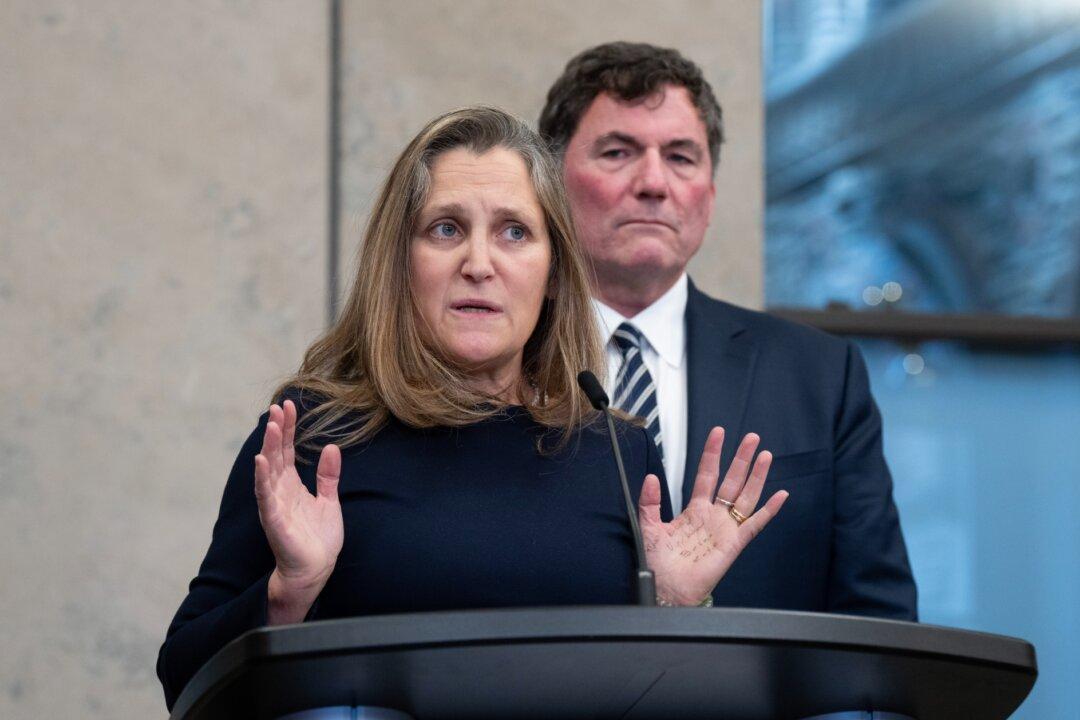Rooting out “toxic masculinity” in hockey culture was a central topic at Hockey Canada’s Beyond the Boards Summit in September. “Toxic masculinity” has similarly been a topic in calls to change the culture of the Canadian Armed Forces.
But some academics and others say attempts to root out “toxic” masculinity may threaten masculinity as a whole.





